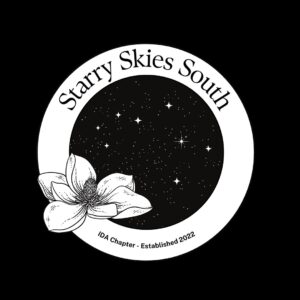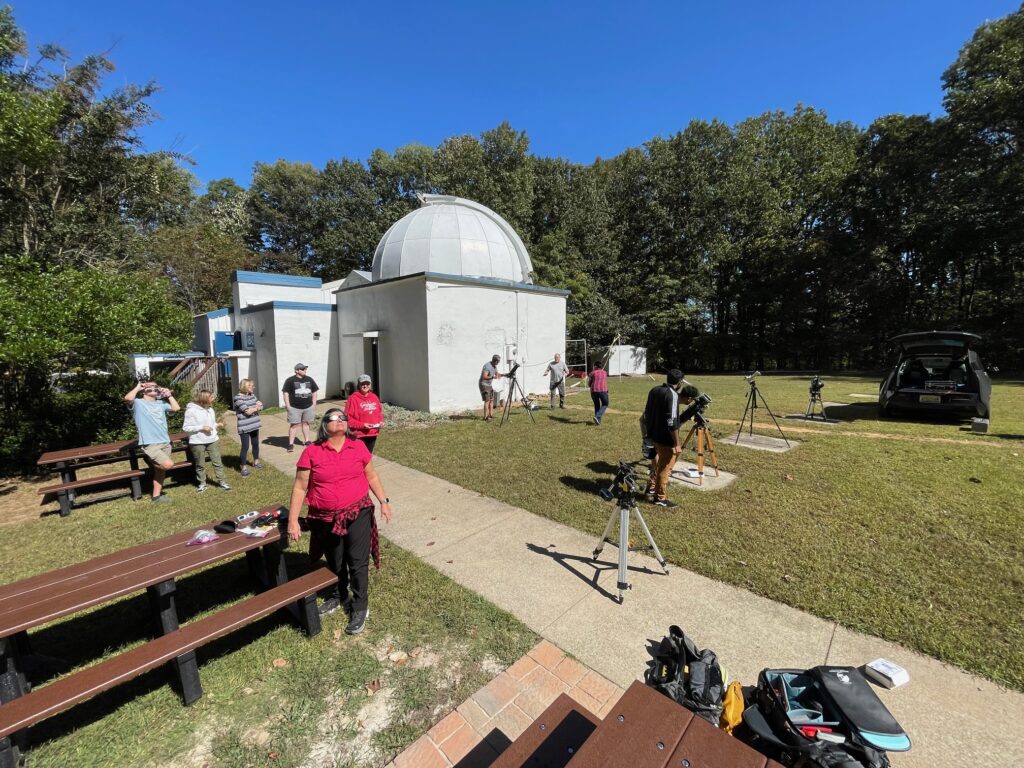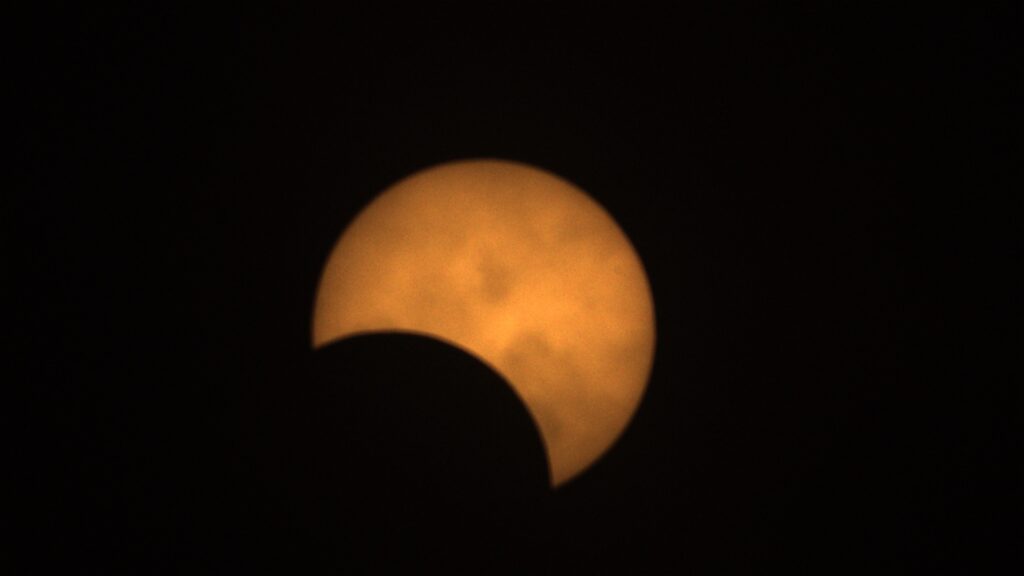September 28th, 1-5; 7:30 – 9 pm
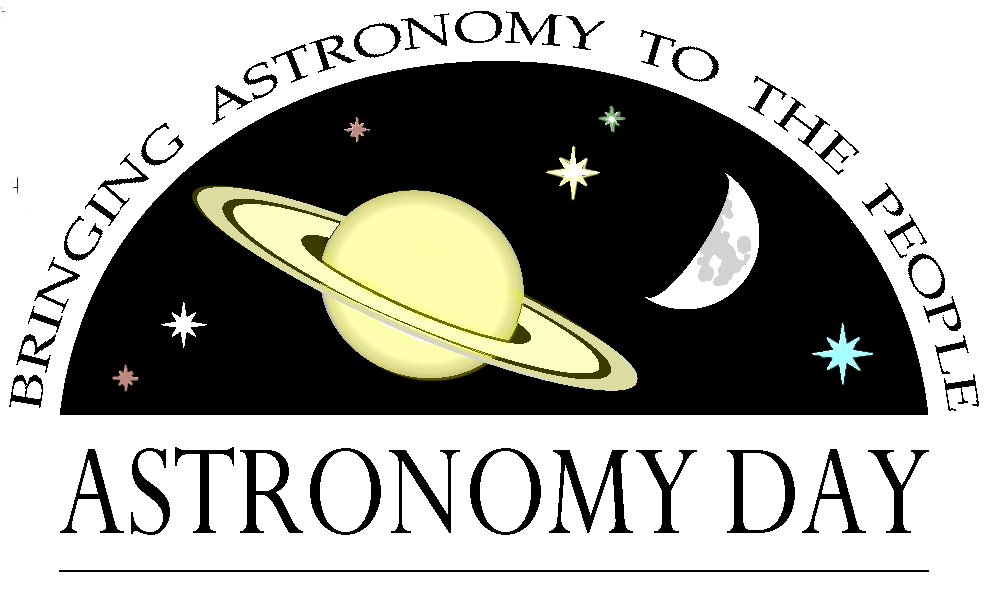
Von Braun Astronomical Society will celebrate Astronomy Day on September 28th in person at Monte Sano State Park! Daytime events (between 1 – 5 pm) will include: mini-planetarium shows, Telescope tours, and Meteor radar demos. Evening events (between 7:30 – 9 pm) will include a keynote speech followed by a planetarium show.
Astronomy Day is FREE and open to the public!
7:30 PM Keynote talk by Mr. Rob Landis on “Planetary Defense at NASA”
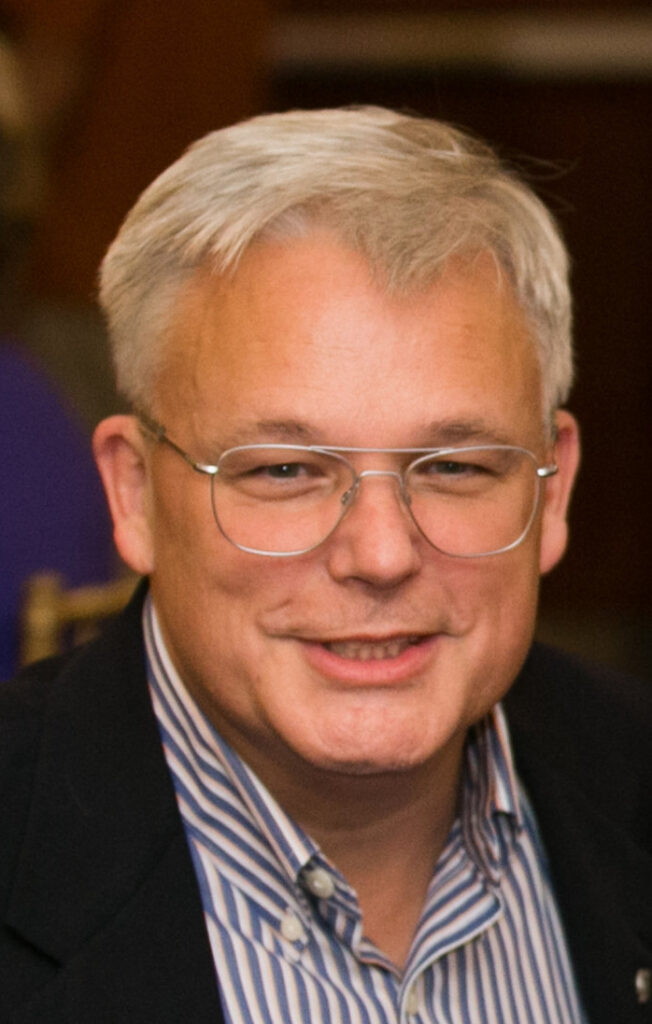
Rob Landis is currently assigned as a program executive to NASA’s Planetary Defense Coordination Office (PDCO). The office was established to manage the Agency’s planetary defense-related projects and coordinate activities across multiple U.S. agencies (along with international efforts) to plan appropriate responses to the potential asteroid impact hazard. Since its original inception as the Near-Earth Object (NEO) Observations Program in 1998, PDCO efforts have discovered more than 98% of the nearly 30,000 NEOs currently known.
Landis has an eclectic set of science and mission operations leadership and hands-on experience ranging from space-based observatories (Hubble Space Telescope, Rossi X-ray Timing Explorer); deep space missions (Cassini-Huygensand the Mars Exploration Rovers [MER]); planetary surface operations (MER – Spirit and Opportunity); International Space Station (ISS) operations; and many others, including most recently, the project manager for the Stratospheric Observatory for Infrared Astronomy (SOFIA). In addition to the myriad of PDCO duties, on NASA’s behalf he also provides essential support to the U.S. Space Force (USSF) and the U.S. Space Command (USSPACECOM).
Rob has a Bachelor of Science degree in astrophysics from Michigan State University, and a Master of Science degree in space studies from the University of North Dakota. He also is a licensed private pilot for single engine aircraft.
Thanks to our Sponsors
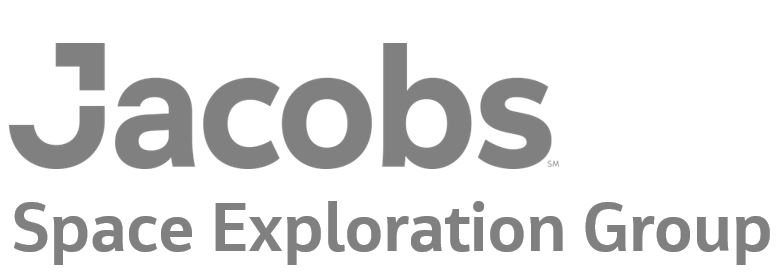


 Telescope Clinic 10:00am -1:00pm.
Telescope Clinic 10:00am -1:00pm.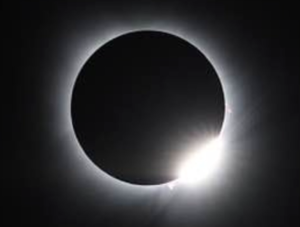 Eclipse Show and Tell 4:00pm-6:00pm.
Eclipse Show and Tell 4:00pm-6:00pm. 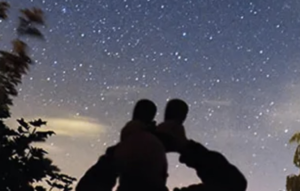 Presentations
Presentations